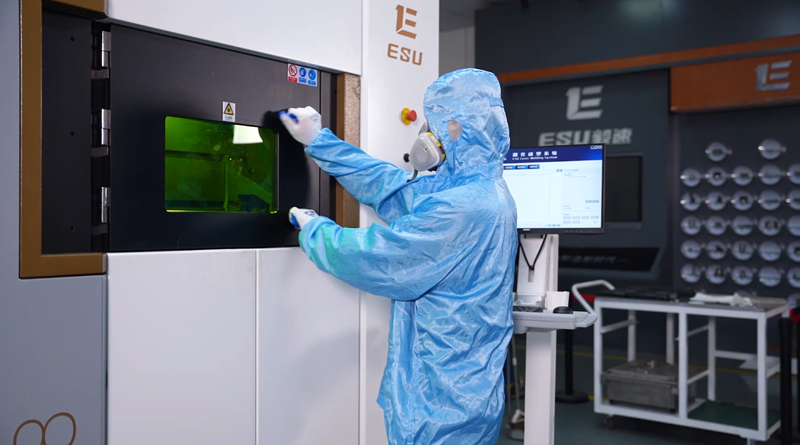Although metal 3D printing technology still faces many challenges in terms of printing accuracy, material selection, and cost control, with the continuous popularization of technology and effective cost reduction, the construction of additive manufacturing centers by mold companies is gradually becoming a new trend in the industry.

Faced with the manufacturing demand for complex structural components and the rapid growth of personalized markets, traditional manufacturing models have fallen into bottlenecks in terms of flexibility, efficiency, and cost control. The introduction of 3D printing technology not only provides the possibility to solve these problems, but also brings additional competitive advantages and development opportunities to enterprises.

The close coordination of equipment, materials, and processes is crucial in the production process of 3D printed parts. For mold companies, this ability is the easiest to master and is their natural advantage compared to other companies. Once 3D printing is introduced, it will greatly enhance the manufacturing capabilities of enterprises. At present, a "turnkey" service model for 3D printing has emerged in the market, such as the one-stop additive manufacturing solution launched by Shanghai Yisu, which aims to help traditional manufacturing enterprises quickly establish and operate 3D printing machining centers, thereby effectively reducing the threshold and risks of new technology applications.

Building an additive manufacturing center is not only a necessary measure for mold companies to respond to changes in market demand, but also a key path to promote enterprise transformation and upgrading, and achieve high-quality development. In the future, additive manufacturing will not only drive the innovative development of the mold industry, but also have the potential to become a new growth point for traditional mold enterprises, gradually shaping the new quality productivity of the mold industry.